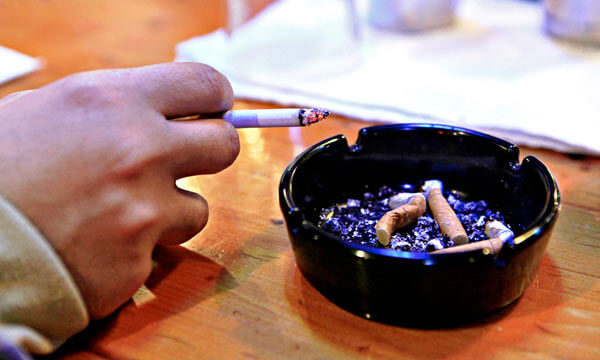By Philip Newman
Bayside once again has the lowest death rate in New York City with Queens Village and Flushing close behind in a report proclaiming that the city keeps getting healthier.
The city Department of Health credits much of the boost in health to a variety of factors, led by more wholesome diets and a decline in smoking.
The improvement has resulted in a lifespan for New Yorkers of 80.6 years, longer than that of the average American, the report said.
It was the second consecutive year for Bayside with the lowest death rate. The figures are for 2010, the most recent available.
“For nearly 150 years, the New York City Department of Health and Mental Hygiene has met a myriad of public challenges, from epidemics of yellow fever and cholera in the 1800s, AIDS and tuberculosis in the 1900s and today’s epidemic of chronic diseases, including smoking, obesity, diabetes and heart diseases,” said Dr. Thomas Farley, the health commissioner.
“Over the last year, it is clear that New Yorkers are becoming healthier. The smoking rate is the lowest it has been since 2002,” Farley said. “Fewer New Yorkers are consuming sugar-sweetened beverages while increasing their intake of fruits and vegetables, and the air quality continues to improve.”
Farley offered highlights from the 2010 report:
• the city death rate hit an all-time low of 6.4 per 1,000 of the population in 2010
• nearly 8,000 fewer people died in 2010 than in 2000
• the infant mortality rate keeps declining and it fell to an all-time low of 4.9 deaths per 1,000 births last year
The report also said heart disease, cancer and influenza/pneumonia still rank as the three leading causes of death, although all have declined in the last decade.
Rounding out the remaining leading causes of death were chronic lower respiratory diseases, diabetes mellitus, cerebrovascular diseases, hypertensive renal disease, accidents except poisoning by psychoactive substances, Human Immunodeficiency Virus disease and use of poisoning by psychoactive substance.
HIV is among the 10 leading causes of death, although it is declining faster than other causes of death and is down by 11.3 percent since 2009.
Homicide is the leading cause of death among New Yorkers aged 15-24 and 25-34 , among both men and women aged 15-24 and for men only among those 25-34.
Teenage births citywide declined nearly 33 percent in the past nine years.
In Queens, Forest Hills and Rego Park reported the third-lowest infant mortality rate after Manhattan’s Greenwich Village/SoHo and Upper East Side.
Queens Village/Bayside had the lowest death rates for heart disease after Greenwich Village/SoHo, Battery Park/Tribeca and the Upper East Side. The highest death rate in the category was in the Rockaways.
The lowest cancer death rate was in Jackson Heights followed by Queens Village/Bayside, Fresh Meadows/Briarwood and Flushing.
Rego Park/Forest Hills recorded a citywide low — less than 1 percent — in the number of teenage births.
Jackson Heights/Flushing was among the districts with the lowest percentage of low-weight births.
More than half of all births in the city were to foreign-born women.
The Queens communities with the most births to foreign-born women were Elmhurst and Corona with 89.3 percent, Jackson Heights with 89.2 percent and Flushing with 82.2 percent.
Induced pregnancy terminations, or abortions, have been declining in recent years, with 17,179 reported in Queens, according to the most recent report. Citywide, the number was 83,750.
Of women having abortions citywide, 82.5 percent were unmarried, while those married totaled 13.6 percent. The marital status of the remainder was undetermined.
Long Island Jewish Medical Center delivered the most babies in Queens, with 4,870. A total of 110 babies in Queens were born at home.
Reach contributing writer Philip Newman by e-mail at timesledgernews@cnglocal.com or phone at 718-260-4536.


































